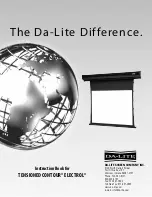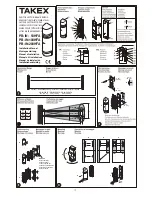
Technical Manual
Airbridge BTS3606A CDMA Base Station
System Description
Chapter 4 Main Functions
4-4
A cell knows whether it is selected according to the DRC Cover.
IV. Hard handoff
In the hard handoff procedure, the MS firstly interrupts the connection with the previous
cell, and then sets up the connection with the new cell. Therefore, call drop may occur.
Hard handoff includes:
l
Intra-frequency hard handoff: Handoff between the BSCs without A3/A7 interface
in-between.
l
Inter-frequency hard handoff: Handoff between cells serving on different
frequencies.
4.3 Radio Configuration
The Um interface of the BTS3606A supports CDMA2000 1x. It is compatible with
1xEV-DO. The spreading rate is 1.2288 Mcps.
The CDMA2000 1x physical layer supports multiple Radio Configurations (RCs).
Different radio configurations support the frames of the different rate sets, and have
different channel configurations and spreading spectrum structures.
The transmission combinations supported by the BTS3606A include:
l
Forward RC1 and reverse RC1
l
Forward RC2 and reverse RC2
l
Forward RC3 or RC4, and reverse RC3
l
Forward RC5 and reverse RC4
Each RC supports traffic channel at different data rates. The performance of the
CDMA2000 1x system varies with RCs. For example, the CDMA2000 1x system with
RC1 and RC2 is compatible with IS -95A/B.
4.4 Channel Configuration
A series of physical channels have been defined on the Um interface. These physical
channels are classified by the channel features. To support higher-rate data
transmission, the 1xEV-DO uses a channel design different from that of the CDMA2000
1x.
4.4.1 CDMA2000 1x Channel
The following shows the classification of the CDMA2000 1x channel.
I. Forward channel
The CDMA2000 1x forward channel includes Forward Common Channel and Forward
Dedicated Channel.
The Forward Common Channel is further divided into:
















































